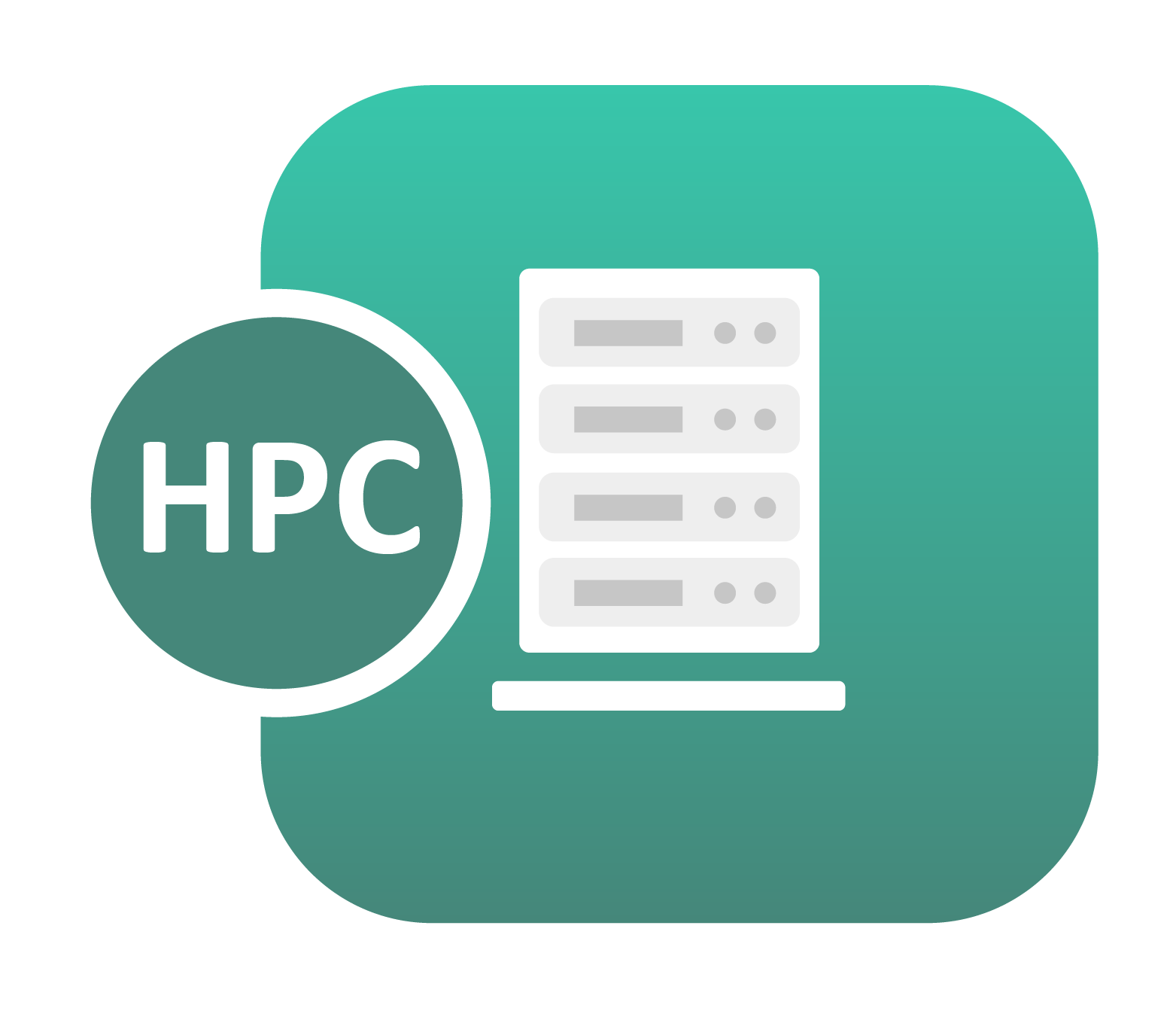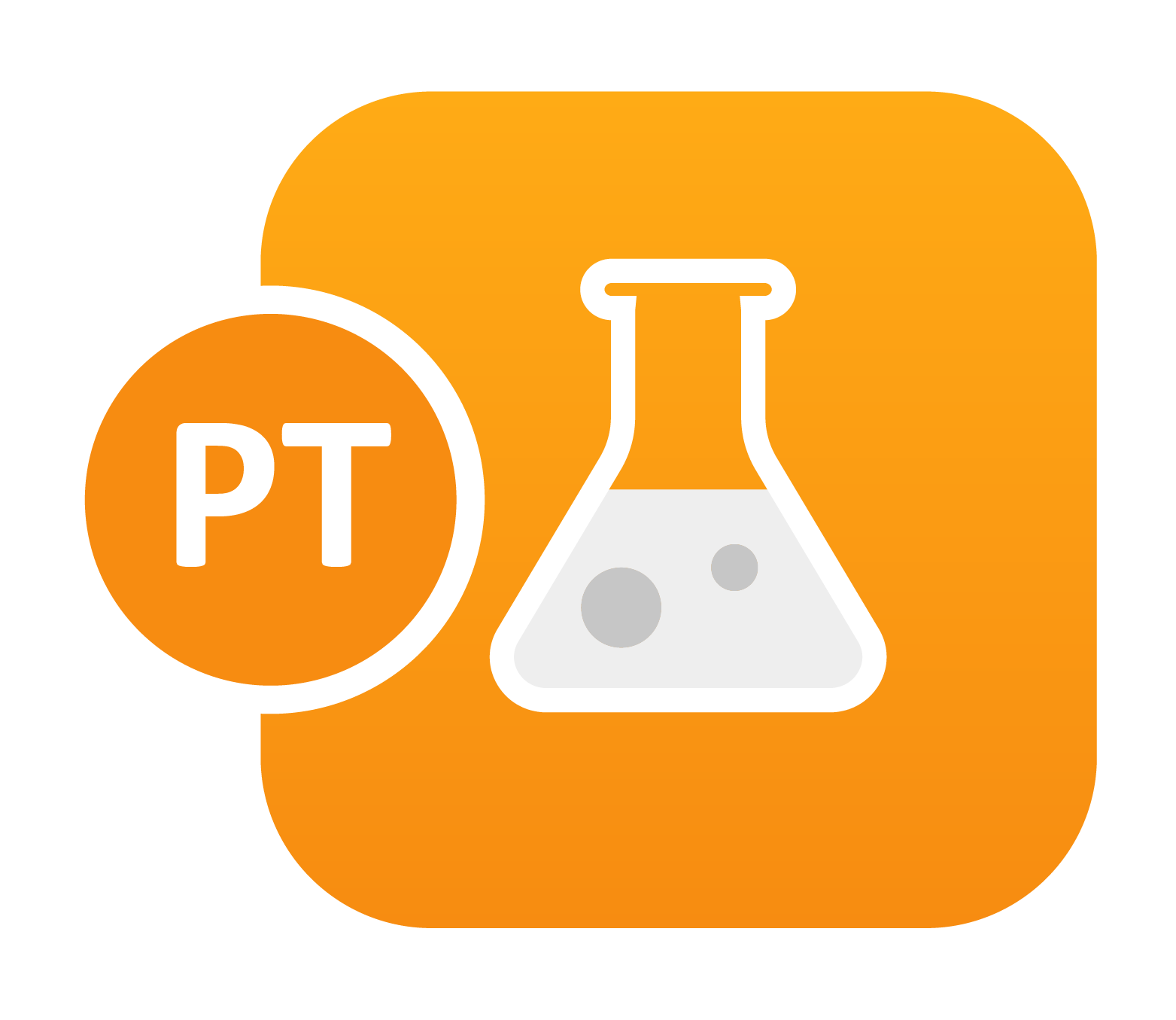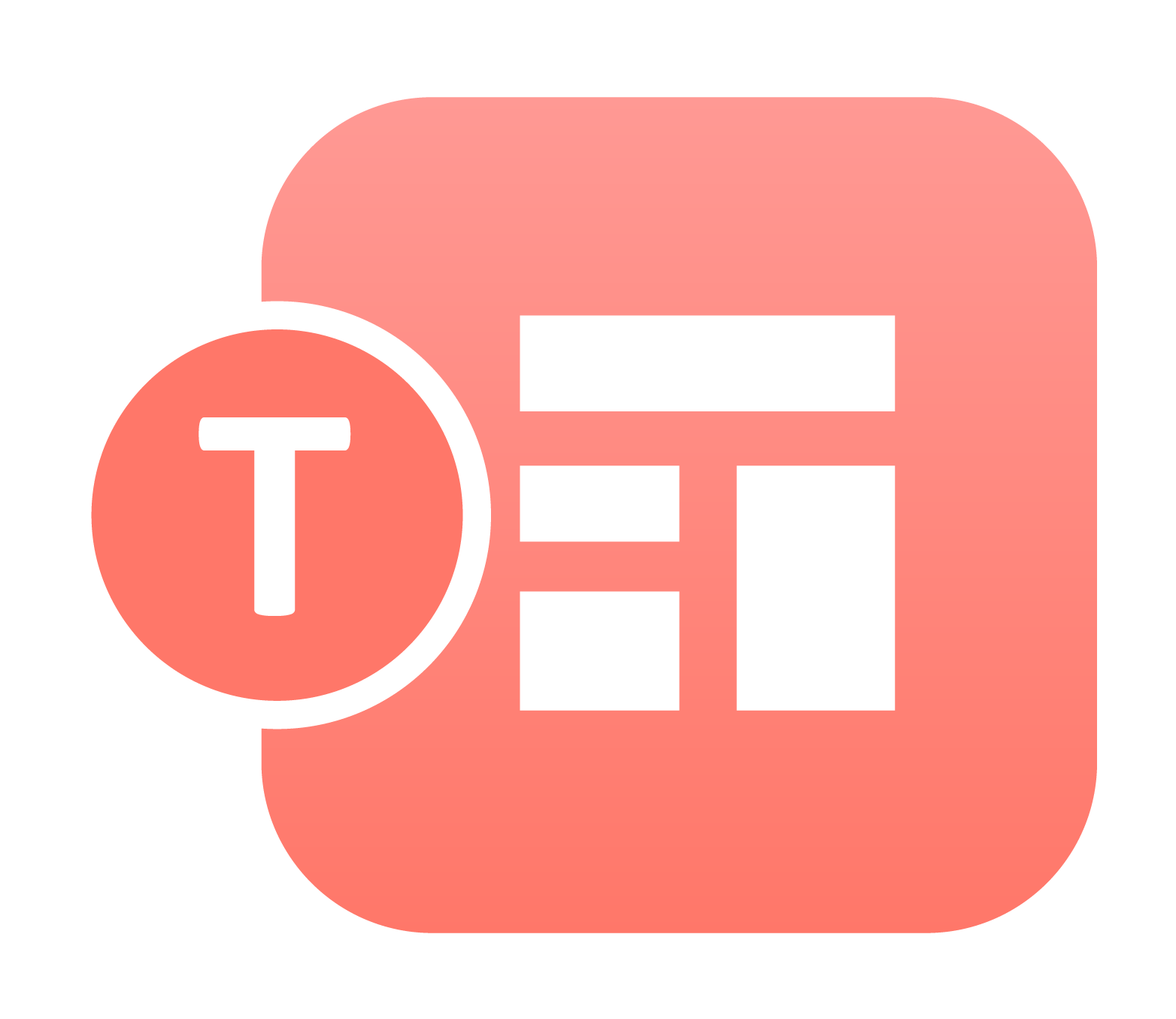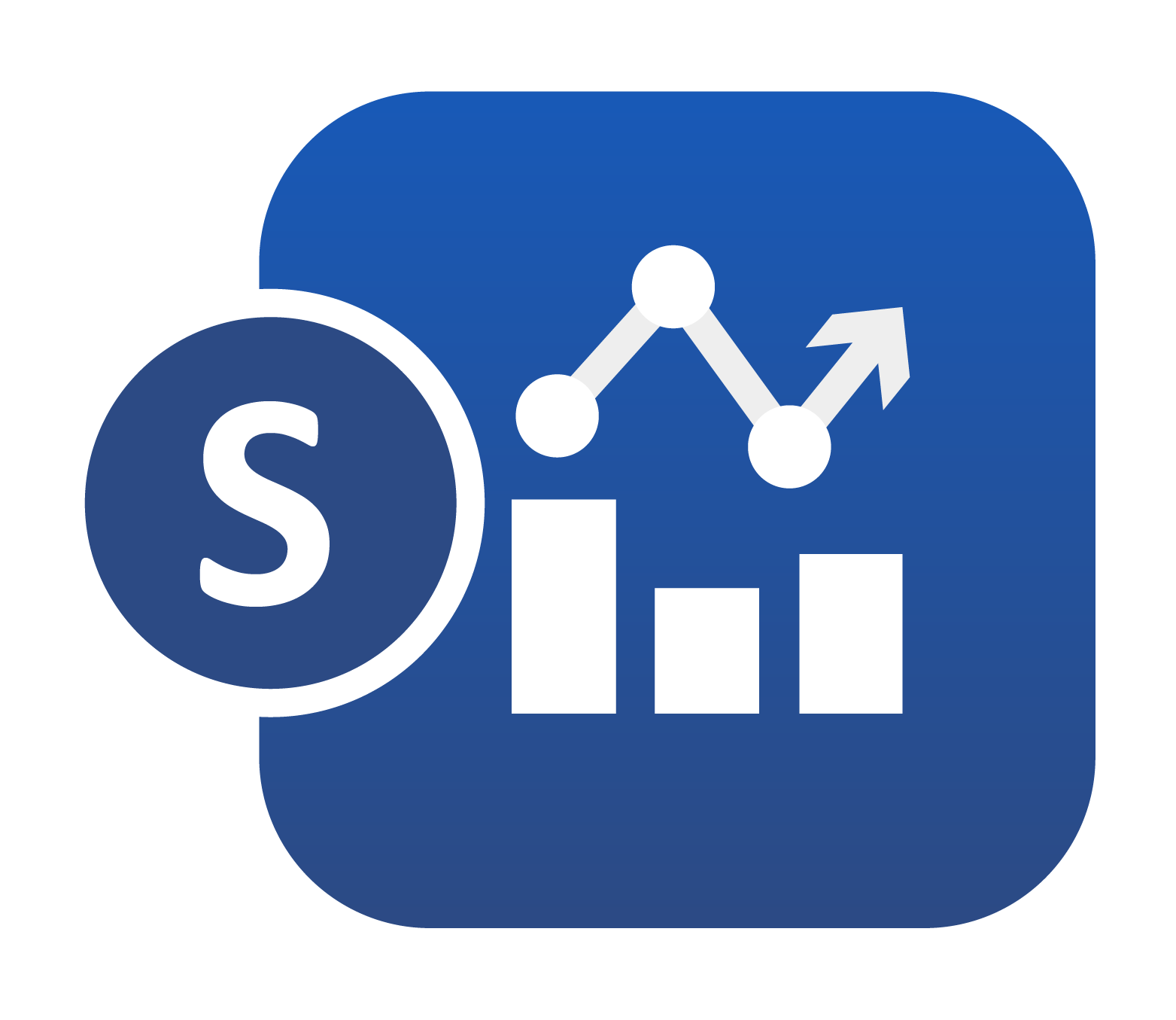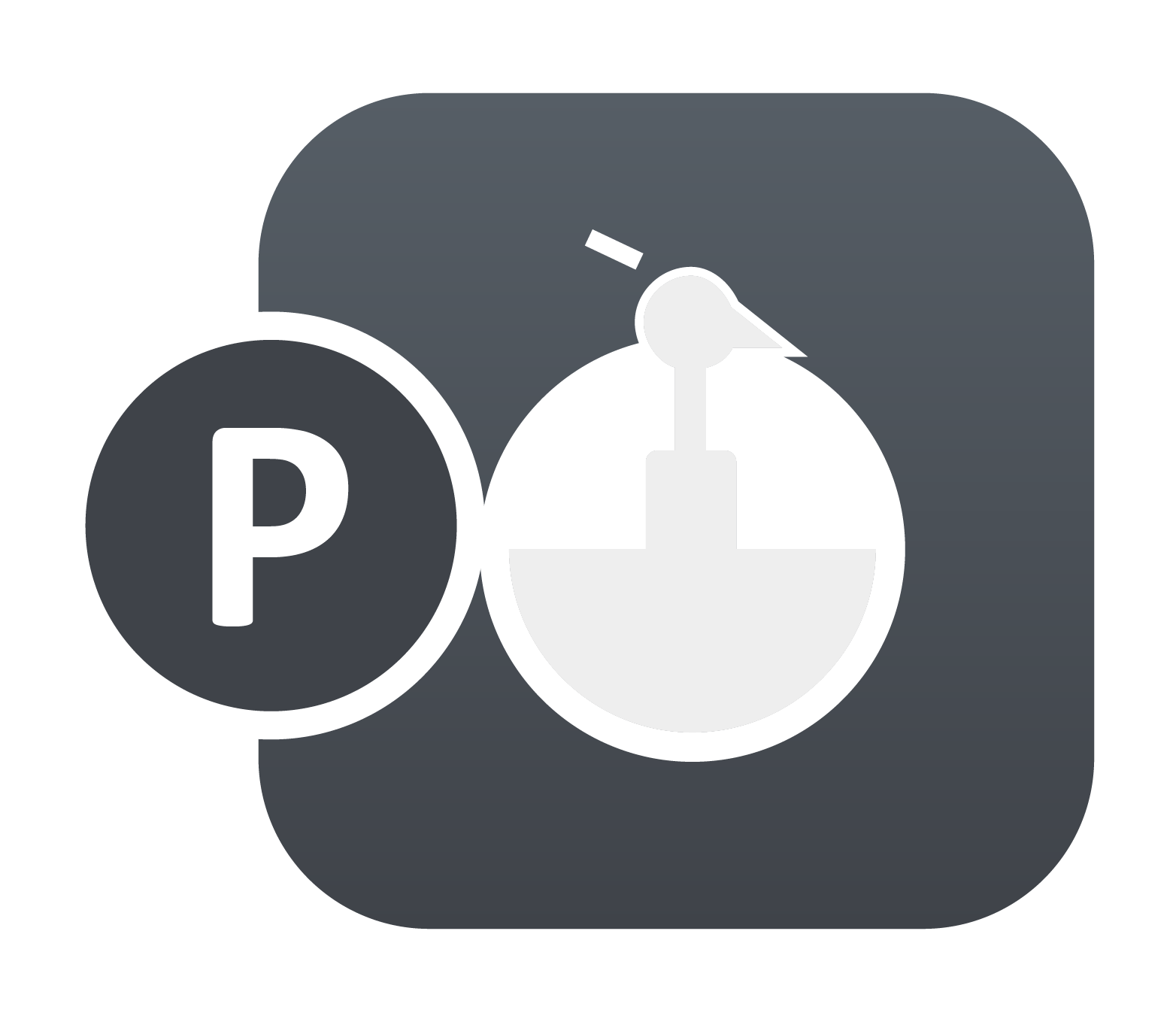Tensile failure in Low Density Foams
When modeling low-density foams, it is important to consider potential failure under tensile loading. In LS-DYNA, the most popular constitutive material model is MAT_LOW_DENSITY_FOAM (MAT_057), in which the default treatment of foams under tensile loading is linear with no failure. The Elastic Modulus (Emax) in tension is computed to be the max( max(slope of the…


